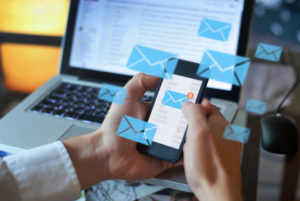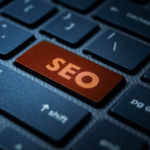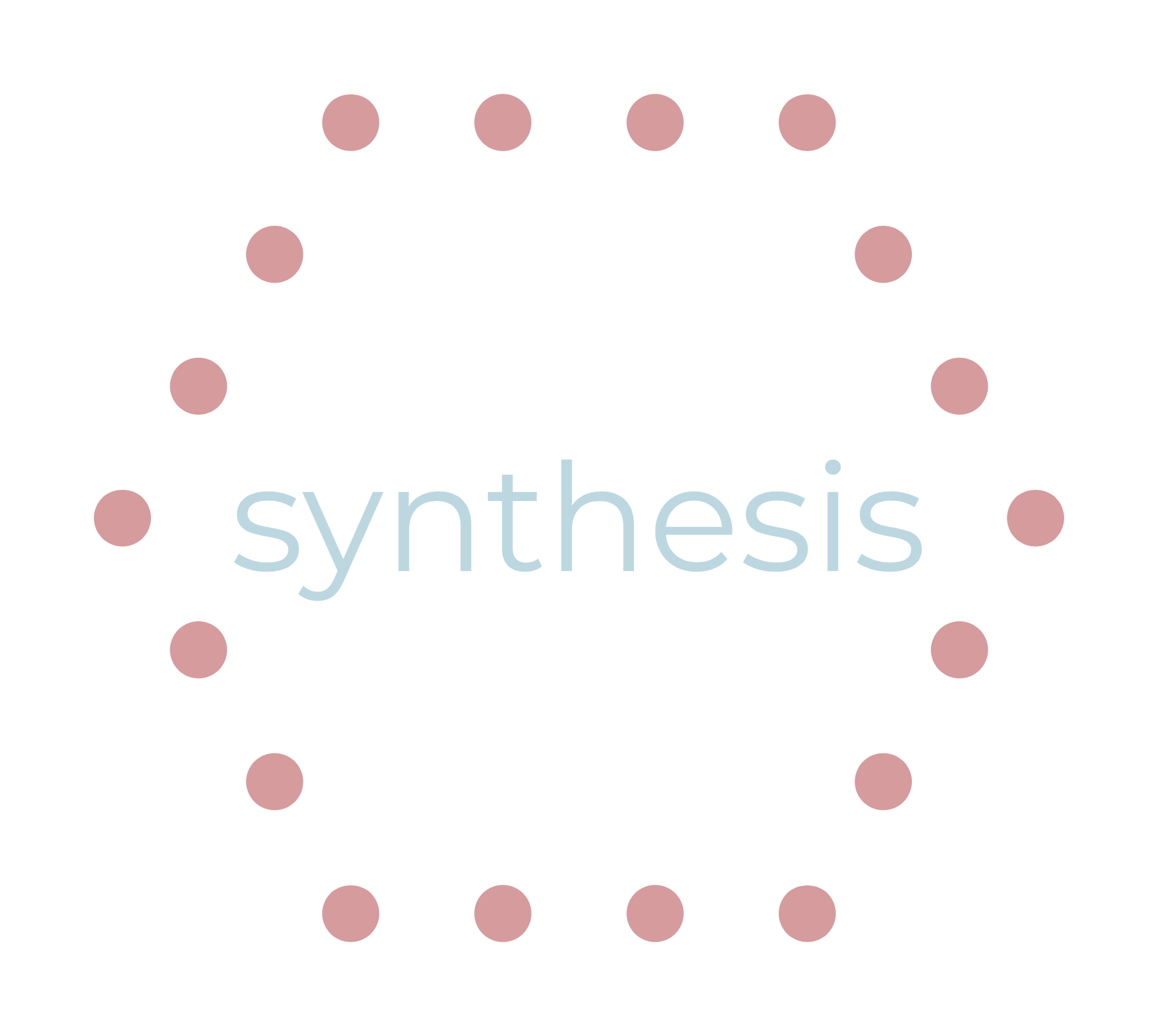Email marketing is a powerful tool for businesses of all sizes to reach their target audience and promote their products or services.
When it comes to B2B marketing, email campaigns can be even more effective than social media in building relationships with potential clients, generating new business opportunities, communicating with decision-makers in other businesses, and establishing a rapport that can lead to long-term partnerships.
That’s why it’s essential to follow a well-crated guide of B2B email marketing best practices to achieve optimal results. By implementing the right strategies and tactics, businesses can improve their open and click-through rates, drive more traffic to their website, and ultimately generate more leads and revenue.
In this in-depth guide, we’ll explore several B2B email marketing best practices that businesses can use to create effective campaigns that engage and convert their target audience.
. . .
Contents
. . .
Building Your B2B Email Marketing List
Strategies for Building an Email List
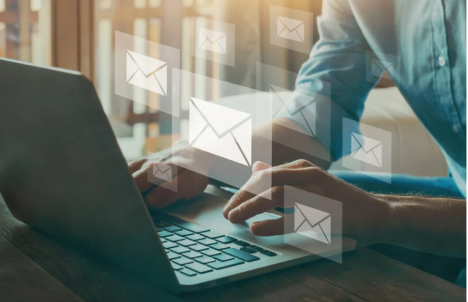
Building a targeted and engaged email list is one of the foundational B2B email marketing best practices. Before you start conducting full-fledged email marketing campaigns, it’s essential to build a list of subscribers interested in your products or services who are more likely to engage with your content and become a customer.
Here are some strategies for building a B2B email marketing list:
Use gated content: Offer valuable resources like e-books, whitepapers, and case studies in exchange for an email address.
Attend events & conferences: Collect email addresses of attendees at events and conferences related to your industry.
Leverage social media: Use social media platforms to promote your newsletter and drive traffic to your website’s email opt-in form.
Use referral marketing: Encourage current subscribers to share your newsletter with their colleagues and friends.
Partner with other businesses: Collaborate with other businesses in your industry to co-create content and cross-promote your newsletters to each other’s email lists.
Offer exclusive promotions: Offer exclusive promotions or discounts to subscribers to incentivize them to join your email list.
Optimize website forms: Make sure your website’s email opt-in forms are easy to find, prominently displayed, and optimized for mobile devices.
Use online advertising: Use online advertising channels like Google Ads, LinkedIn Ads, or Facebook Ads to promote your newsletter to your target audience.
Leverage customer data: Use customer data to personalize your email outreach and create targeted campaigns that are more likely to convert.
Building an email list is a crucial part of any B2B marketing strategy that aims to increase brand awareness, drive traffic, and generate more leads and revenue. By following these strategies, businesses can grow their email list with quality subscribers who are more likely to engage with their content and become loyal customers.
Importance of Quality Over Quantity
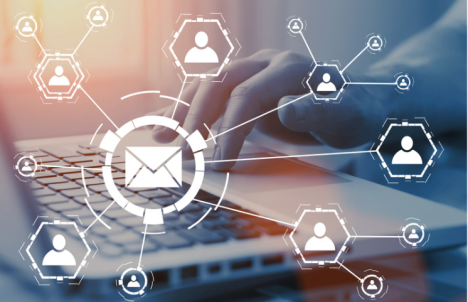
When it comes to building a list of email subscribers, the quality of the list is much more important than the quantity. Having a large number of subscribers may seem like a success, but it doesn’t necessarily mean that they’re interested in your product or service.
Instead, focusing on building a list of quality subscribers who are genuinely interested in what you have to offer will yield better results. These subscribers are more likely to engage with your content, share it with their network, and ultimately convert into customers.
By prioritizing quality over quantity, businesses can create more effective B2B email marketing campaigns, deliver more relevant content, and achieve higher engagement rates, ultimately leading to more conversions and increased revenue.
Ensuring Compliance With Data Protection Laws

Ensuring compliance with data protection laws is essential when building an email marketing list. To comply with such laws, it’s important to obtain the consent of each subscriber before adding them to the email list. This consent should be clear and explicit, and subscribers should have the option to opt out at any time.
Additionally, it’s necessary to keep accurate records of when and how consent was obtained, as well as any updates or changes made to the subscriber’s information. Ensure that the data collected is secure and protected and that it’s not shared with third parties without the explicit consent of the subscriber.
Lastly, it’s crucial to stay up-to-date with any changes to data protection laws and regulations to ensure continued compliance. In order to develop a close relationship with your potential customers, your subscribers need to be able to trust that you’ll value their privacy as much as you value your business.
Segmentation & Personalization for B2B Email Marketing
Benefits of Segmentation & Personalization

Implementing segmentation and personalization are some of the most important B2B email marketing best practices. By dividing your email list into meaningful segments and creating tailored messaging and content that speaks directly to the unique needs and preferences of each group, you can increase the relevance and value of your emails. This can ultimately lead to higher engagement, open rates, click-through rates, and drive more sales.
Here are some of the benefits:
Increased Relevance: By segmenting your email list and personalizing your messages, you can tailor your content to specific groups of recipients, making your emails more relevant and valuable to them. This increased relevance can lead to higher open rates and engagement levels.
Better Engagement: Personalization allows you to create a more human connection with your audience by addressing them by their first name, using their industry-specific language, and acknowledging their unique pain points. This approach increases the likelihood of recipients engaging with your content and taking the desired action.
Improved Conversion Rates: By creating personalized messages that resonate with your audience, you can increase the likelihood of recipients taking action, such as making a purchase or scheduling a meeting with your sales team. This can ultimately result in higher conversion rates and increased revenue for your business.
Reduced Unsubscribes: Sending irrelevant or generic messages can lead to recipients becoming disengaged and unsubscribing from your email list. By segmenting your audience and personalizing your messages, you can reduce the likelihood of this happening and keep your subscribers engaged over the long term.
Overall, segmentation and personalization are crucial to the success of B2B email marketing campaigns. By creating relevant, personalized, and engaging content, you can build stronger relationships with your audience and drive more revenue for your business.
Types of Segmentation & How to Use Them Effectively

To ensure your email marketing campaigns are effectively targeting your subscribers, here are the most common types of segmentation you should reference:
Demographic Segmentation: This type of segmentation divides your email list based on demographic criteria such as age, gender, job title, industry, company size, location, etc. You can use this type of segmentation to personalize your messaging and content to meet the specific needs and preferences of each group.
Behavioral Segmentation: This type of segmentation categorizes your email list based on how recipients have engaged with your previous email campaigns, such as their past purchase history, website browsing behavior, email opens, clicks, and conversions. You can use this type of segmentation to deliver targeted messaging that addresses the unique pain points and interests of each group.
Firmographic Segmentation: This type of segmentation divides your email list based on characteristics that define a company, such as industry, revenue, size, location, and market position. You can use this type of segmentation to tailor your messaging and content to address the unique challenges and opportunities that each company faces.
Psychographic Segmentation: This type of segmentation categorizes your email list based on personality traits, values, attitudes, and lifestyle factors. You can use this type of segmentation to create messaging and content that resonates with each group’s beliefs, values, and priorities.
Additionally, you should consider the following B2B email marketing best practices when looking to effectively segment your campaigns:
Use data to inform your segmentation strategy: Gather data from various sources, such as your CRM system, website analytics, social media insights, and customer surveys, to help you identify meaningful segments that will be most receptive to your messaging.
Create relevant & personalized messaging: Use the information you’ve gathered to create messaging and content that resonates with each segment’s specific needs, preferences, and pain points.
Test & optimize: Use A/B testing to determine which segments are most responsive to your messaging and content, and then optimize your campaigns based on those insights.
Keep your segments up-to-date: Continuously monitor your email list to ensure that your segmentation criteria remain relevant and up-to-date, and adjust your messaging and content as needed.
Although segmenting your email marketing campaigns can seem very mechanical and systematic, this process allows you to create a more personal, human connection with your audience that’s built on trust and helps develop long-term relationships that can benefit your business over time.
Content for Different States of the Buyer's Journey
Creating relevant content that speaks directly to each stage of the buyer’s journey (aka, customer journey) is one of the essential B2B email marketing best practices. The buyer’s journey is the process that potential customers go through as they become aware of, consider, and evaluate solutions to address their specific pain points.
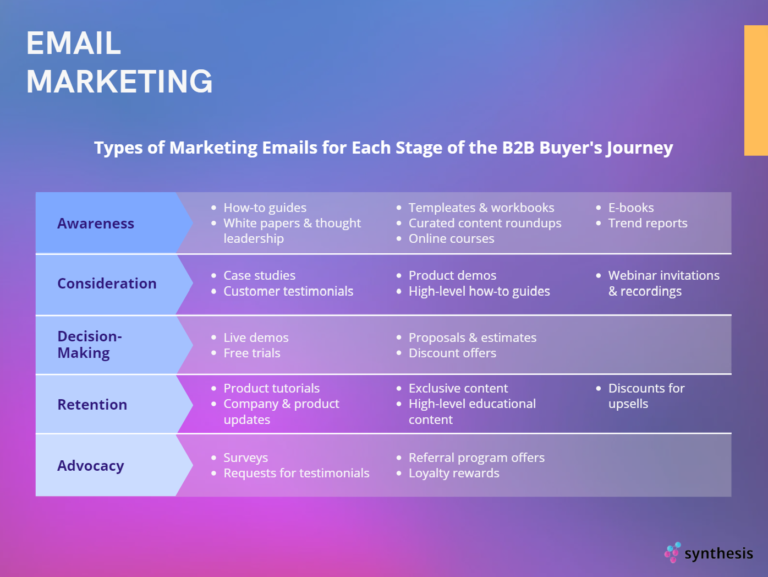
This process requires a deep understanding of your potential customer’s pain points and where they are in the buying process, which helps B2B marketers create targeted messaging and content that addresses their buyer’s unique needs and priorities at each stage of the journey.
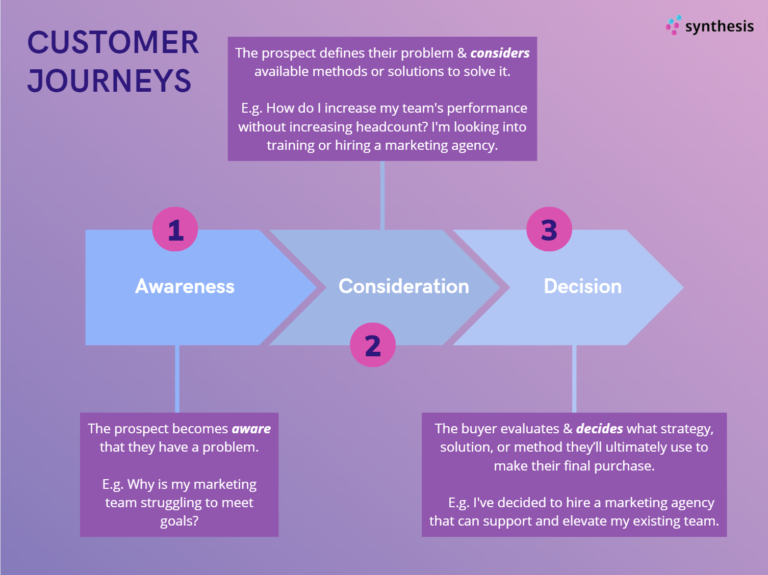
At the top of the funnel, in the awareness stage, potential customers are just becoming aware of their pain points and are looking for educational and informative content to help them understand the problem. At this stage, email marketing content could include blog posts, infographics, and e-books that provide valuable insights and information that help potential customers understand their challenges better.
In the consideration stage, potential customers have identified their pain points and are researching potential solutions. Email marketing content at this stage might include case studies, webinars, or product demos that showcase your product or service’s features and benefits and how they can solve the potential customer’s problem.
In the decision stage, potential customers are ready to make a purchase decision, and email marketing content could include pricing information, customer testimonials, and product comparisons that help them make an informed decision.
By creating content that speaks directly to each stage of the buyer’s journey, you can nurture leads through the sales funnel and increase the likelihood of them becoming customers.
Personalization Techniques for B2B Marketing Emails
There are several personalization techniques that you can use for B2B email marketing to make your emails more engaging, relevant, and valuable to your recipients. Here are some common personalization techniques:
Personalize the subject line: Personalizing the subject line with the recipient’s name, company name, or industry can increase the likelihood of your email being opened.
Segment your email list: Divide your email list into meaningful segments based on demographics, behavior, and firmographics, and then create targeted messaging and content that speaks directly to the unique needs and preferences of each group.
Use dynamic content: Use dynamic content to personalize your emails based on the recipient’s behavior or preferences, such as their past purchases, website browsing history, or email engagement.
Personalize the email copy: Use personalization tokens in the email body to address the recipient by name and include personalized messaging that speaks directly to their unique needs and pain points.
Add personal touches: Add a personal touch to your email, such as a handwritten signature or a personalized message from a sales representative, to show that you care about the recipient’s business and value their time.
Use triggered emails: Send triggered emails based on specific actions, such as abandoned cart reminders, welcome emails, or post-purchase follow-ups, to provide a personalized experience and increase engagement.
Personalization is a crucial aspect of B2B email marketing, as it enables you to create a more human connection with your audience, establish trust, and build long-term relationships that can benefit your business over time.
By using personalization techniques in your email campaigns, you can increase engagement, open rates, click-through rates, and ultimately drive more sales.
Crafting Effective Emails in B2B Email Marketing
Importance of Subject Lines & Preview Text
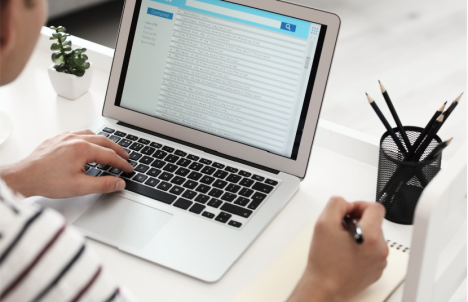
Crafting compelling subject lines and preview text is one of the critical B2B email marketing best practices. The email subject line is the first thing your recipient sees when your email lands in their inbox, and it can be the deciding factor in whether they choose to open your email or not.
Here are some common practices for creating effective subject lines:
Keep it concise: Subject lines should be short and to the point. Ideally, they should be no more than 50 characters long.
Be clear & specific: Use clear and specific language that accurately reflects the content of the email. Avoid using vague or generic terms that could be misinterpreted or ignored.
Make it relevant: Make sure your subject line is relevant to the content of the email and the recipient’s interests or pain points.
Use urgency or scarcity: Create a sense of urgency or scarcity by including time-sensitive language such as “limited time offer” or “ends soon.”
Use numbers or statistics: Using numbers or statistics can grab attention and make your subject line more compelling.
Use action-oriented language: Use action-oriented language to encourage recipients to open the email, such as “Don’t miss out” or “Unlock the secrets.”
Test & optimize: A/B test different subject lines to see what resonates best with your audience and optimize accordingly.
Additionally, preview text (aka, preheader text) is the snippet of text that appears below the subject line and provides additional context and information about the email’s content. Effective subject lines and preview text should be concise, engaging, and relevant to the recipient’s needs and interests, and should entice them to open and engage with your email.
Ultimately, by optimizing your email subject lines and preview text, you can increase your email open rates, boost engagement, and drive more conversions for your business.
Tips for Writing Engaging & Concise Content

Writing engaging and concise content for B2B email marketing is critical to capturing your recipient’s attention and driving conversions. To create effective email content, it’s essential to have a deep understanding of your audience’s pain points and interests and craft messaging and content that speaks directly to their unique needs.
Additionally, keeping your email content concise and to the point is crucial, as busy professionals don’t have time to read lengthy emails. Use clear and concise language, bullet points, and visuals to make your content easy to skim and digest quickly.
Lastly, make sure your email content includes a clear call-to-action that tells your recipients what you want them to do next, whether that’s to register for a webinar, request a demo, or make a purchase.
By following these tips, you can create engaging and concise content that resonates with your audience and drives results for your business.
Designing Visually Appealing Emails
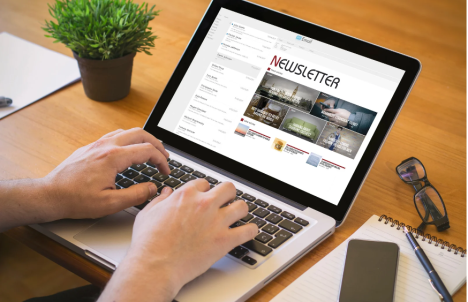
Designing visually appealing emails is critical to the success of B2B email marketing campaigns. Emails that are visually attractive and easy to navigate are more likely to grab your recipient’s attention and keep them engaged with your content. (ReallyGoodEmails is a great source if you need some inspiration for designing visually appealing emails.)
Additionally, it also creates a professional and trustworthy image for your brand, which can help build credibility with your audience. Here are some tips for designing visually appealing emails:
Use a clean & simple layout: A simple and uncluttered layout makes it easy for your recipients to read and digest your content.
Incorporate branding elements: Use your company’s branding elements like logo, colors, and fonts to create a consistent and professional look.
Use high-quality images or videos: Visual content like images or videos can make your email more engaging and memorable. Make sure to use high-quality and relevant visuals.
Optimize for mobile: A large percentage of people check their emails on their mobile devices, so make sure your email is optimized for mobile viewing.
Use a simple font choice & size: Choose a legible font like Arial or Times New Roman, and avoid decorative fonts. For the main body text, use at least a 14-point font size, and consider using larger fonts for headings or important information.
Use white space effectively: White space, or negative space, can help create a clean and organized look for your email and highlight important elements.
Experiment with different design elements: Try different design elements like shapes, icons, and graphics to create a unique and visually appealing email.
By designing visually appealing emails, you can increase your open rates, click-through rates, and ultimately drive more conversions for your business.
Timing & Frequency in B2B Email Marketing
Optimizing Email Timing & Frequency
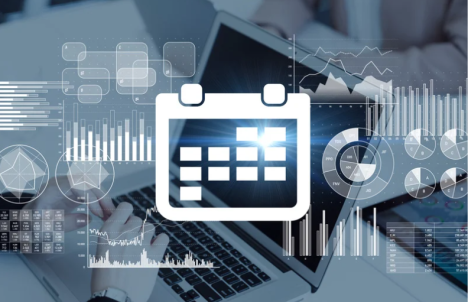
Timing is one of the most important B2B email marketing best practices to consider. Finding the best time to send emails is critical to the success of B2B email marketing campaigns, as sending an email at the wrong time can result in it being buried in the recipient’s inbox or even being deleted without being read.
According to GetProspect, the best days and times to send B2B marketing emails depend on your audience and their behavior. However, research has shown that Tuesday, Wednesday, and Thursday are generally the best days to send B2B emails, with mid-morning or mid-afternoon being the most optimal times. It’s important to test different days and times to see what works best for your specific audience.
As for the best frequency, it’s important to strike a balance between staying top-of-mind with your audience and not overwhelming them with too many emails. A good rule of thumb is to send no more than one or two emails per week, although this can vary depending on your industry and audience. Again, it’s important to test different frequencies to see what resonates best with your audience.
Tips for Avoiding the Spam Folder
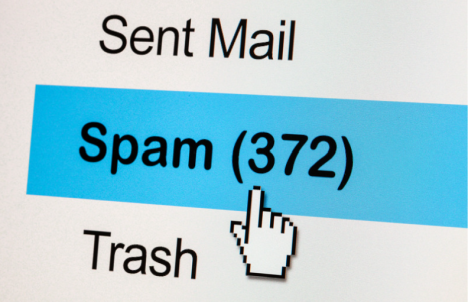
Avoiding the spam folder is essential to ensure your B2B email marketing messages reach your intended recipients. Here are some tips for avoiding the spam folder:
Use a reputable email service provider: using a reputable email service provider can help you avoid being flagged as spam.
Ensure your email list is clean & up-to-date: regularly cleaning your email list and removing inactive or unengaged subscribers can help improve your sender reputation.
Use a clear & recognizable sender name: using a clear and recognizable sender name can help build trust with your recipients and reduce the likelihood of your emails being marked as spam.
Personalize your emails: personalizing your emails with the recipient’s name or other relevant information can improve engagement and reduce the likelihood of your emails being marked as spam.
Avoid using spam trigger words: using words commonly associated with spam, such as “free,” “discount,” or “act now,” can increase the likelihood of your emails being marked as spam.
Optimize your subject line & preview text: crafting a compelling subject line and preview text can help improve open rates and reduce the likelihood of your emails being marked as spam.
By following these tips, you can help ensure that your B2B email marketing messages reach your intended recipients and avoid being flagged as spam.
A/B Testing in B2B Email Marketing
Importance of A/B Testing
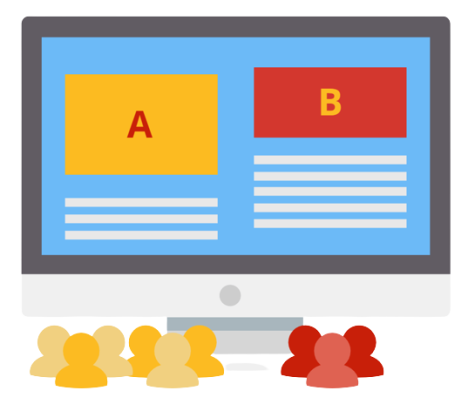
A/B testing is a crucial component of B2B email marketing as it helps identify the most effective strategies to improve email performance. By testing different elements of your emails, such as subject lines, email copy, images, and calls to action, you can identify what resonates best with your audience and optimize your emails accordingly.
Testing can help improve open rates, click-through rates, conversion rates, and ultimately, drive more revenue for your business. Additionally, regularly testing different elements of your emails can help keep your content fresh and engaging for your audience.
By making data-driven decisions based on A/B testing results, you can continuously improve your B2B email marketing strategy and achieve better results over time.
Elements to Test in B2B Email Marketing
There are several key elements to test when performing A/B testing in B2B marketing emails, including subject lines, email copy, images, calls-to-action, sender name, email design, sending time, and personalization.
Testing these elements can help you identify the most effective strategies to improve email performance and drive better results for your business. It’s essential to test only one element at a time and keep the testing process consistent and objective to get accurate and meaningful results.
By continuously testing and optimizing your B2B marketing emails, you can keep your content fresh, engaging, and relevant for your audience and drive more revenue for your business.
Analyzing & Implementing Test Results

Once you have conducted an A/B test, it’s essential to analyze the results to identify which variation performed better and why. Look at metrics such as open rates, click-through rates, and conversion rates to determine which variation was more effective. Once you have identified the winning variation, implement the changes into your regular email campaigns.
Additionally, continue to test and optimize different elements of your emails to improve their performance continually. By continuously analyzing and implementing A/B test results, you can keep your B2B email marketing strategy fresh, relevant, and engaging for your audience, ultimately driving more revenue for your business.
Tracking & Measuring Results for B2B Email Marketing
Metrics to Track in B2B Email Marketing
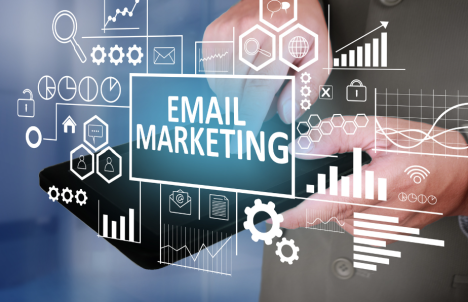
Tracking metrics is one of the essential B2B email marketing best practices to measure the effectiveness of your campaigns and identify areas for improvement. Here are some of the key metrics to track:
Open rate: the percentage of recipients who opened your email.
Click-through rate (CTR): the percentage of recipients who clicked on a link in your email.
Conversion rate: the percentage of recipients who completed the desired action after clicking through to your website, such as making a purchase or filling out a form.
Bounce rate: the percentage of emails that were undeliverable and returned to the sender.
Unsubscribe rate: the percentage of recipients who opted out of receiving future emails from your company.
Spam complaint rate: the percentage of recipients who marked your email as spam.
Revenue generated: the amount of revenue generated from your email campaign.
By tracking these metrics, you can assess the overall effectiveness of your B2B email marketing campaigns, identify areas for improvement, and make data-driven decisions to optimize your email marketing strategy.
Tools for Tracking & Analyzing Email Performance
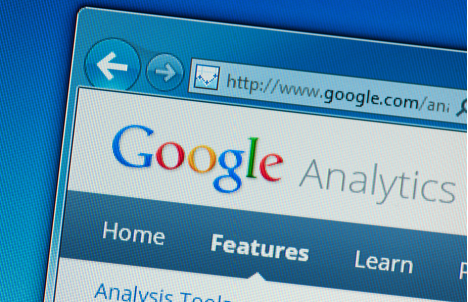
There are several tools available to track and analyze email performance in B2B email marketing. Here are some of the most popular ones:
Google Analytics: a free tool that provides valuable insights into website traffic, including how visitors interact with your site after clicking through from your email.
Mailchimp: a popular email marketing platform that provides detailed analytics on email performance, including open rates, click-through rates, and conversion rates.
HubSpot: a marketing automation tool that offers robust email marketing analytics and tracking, including email engagement metrics, contact activity, and revenue attribution.
Litmus: a comprehensive email testing and tracking tool that allows you to preview and test your emails across different devices and email clients and track their performance.
Campaign Monitor: an email marketing platform that offers detailed insights and analytics, including email opens, clicks, conversions, and revenue generated.
By using these tools, you can gain valuable insights into your B2B email marketing campaigns, track and analyze email performance, and make data-driven decisions to optimize your email marketing strategy.
Interpreting Data & Making Necessary Adjustments

Once you have tracked and analyzed your email performance metrics, it’s essential to interpret the data to identify what worked and what didn’t. Use this information to make necessary adjustments to your email marketing strategy.
For example, if your open rates are low, you may need to experiment with different subject lines or send times. If your click-through rates are low, you may need to make changes to your email content or call to action.
By continuously interpreting data and making necessary adjustments, you can improve the effectiveness of your B2B email marketing campaigns, increase engagement and conversions, and ultimately drive more revenue for your business.
. . .
Conclusion
From segmenting and personalizing your emails to testing and analyzing your email performance, it’s essential to continuously evaluate and improve your email marketing strategy.
By using these best practices and staying up-to-date with the latest trends and technologies in B2B email marketing, you’re on your way to creating effective email marketing campaigns that will help you engage with your target audience, drive conversions, and ultimately grow your business.
For more advice or information on how to improve your B2B email marketing strategy, please reach out for a free consultation with us. We’d love to get you started on your Synthesis Insights journey with us today!

